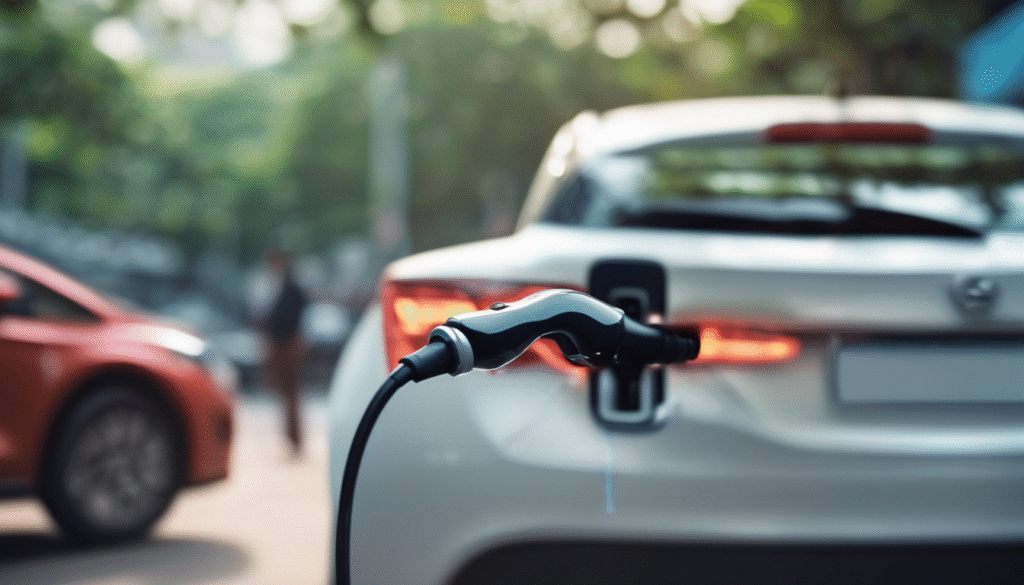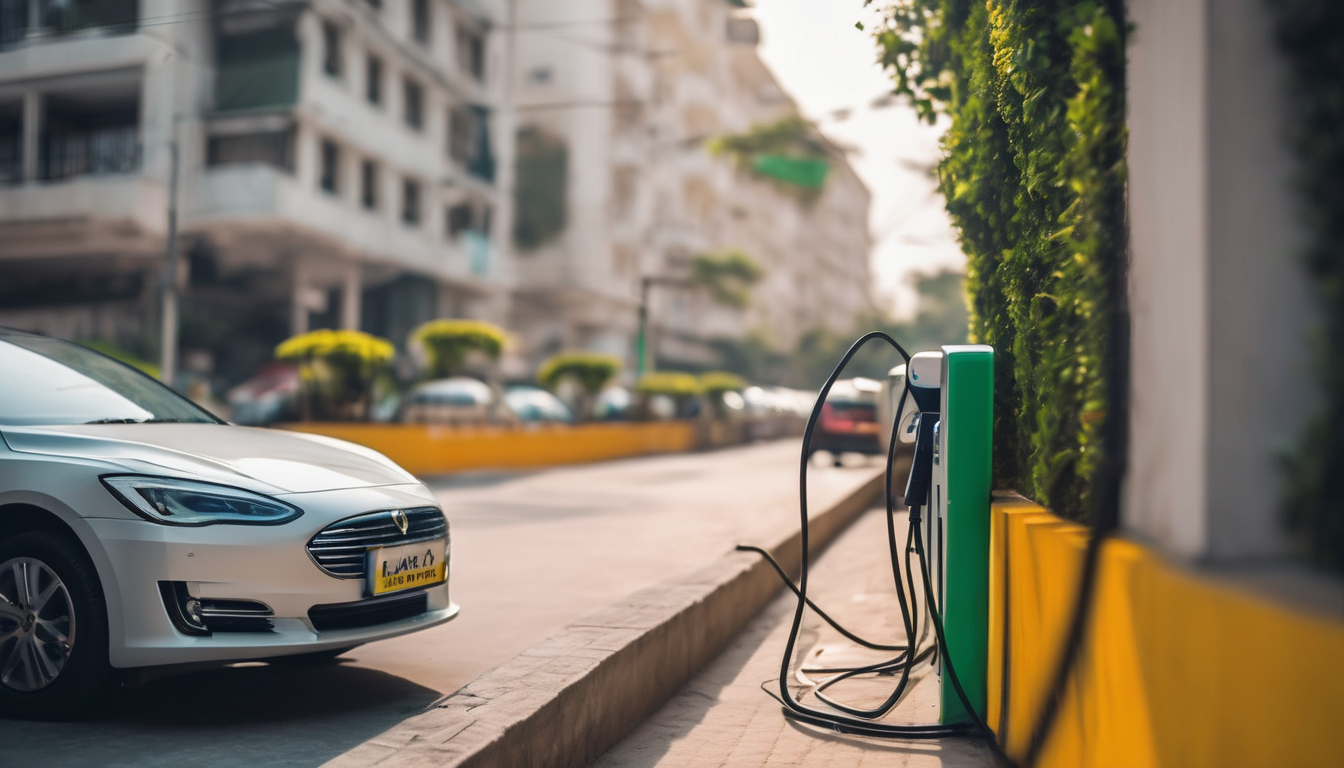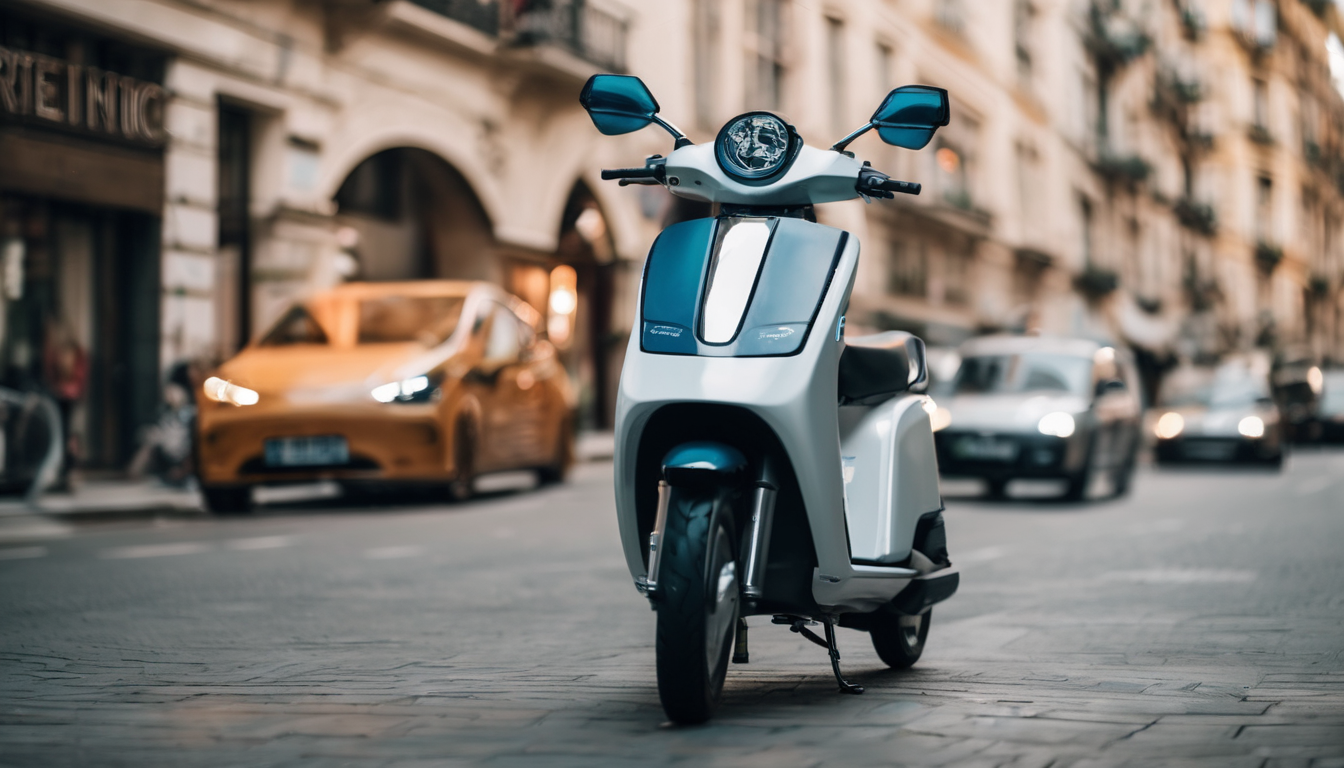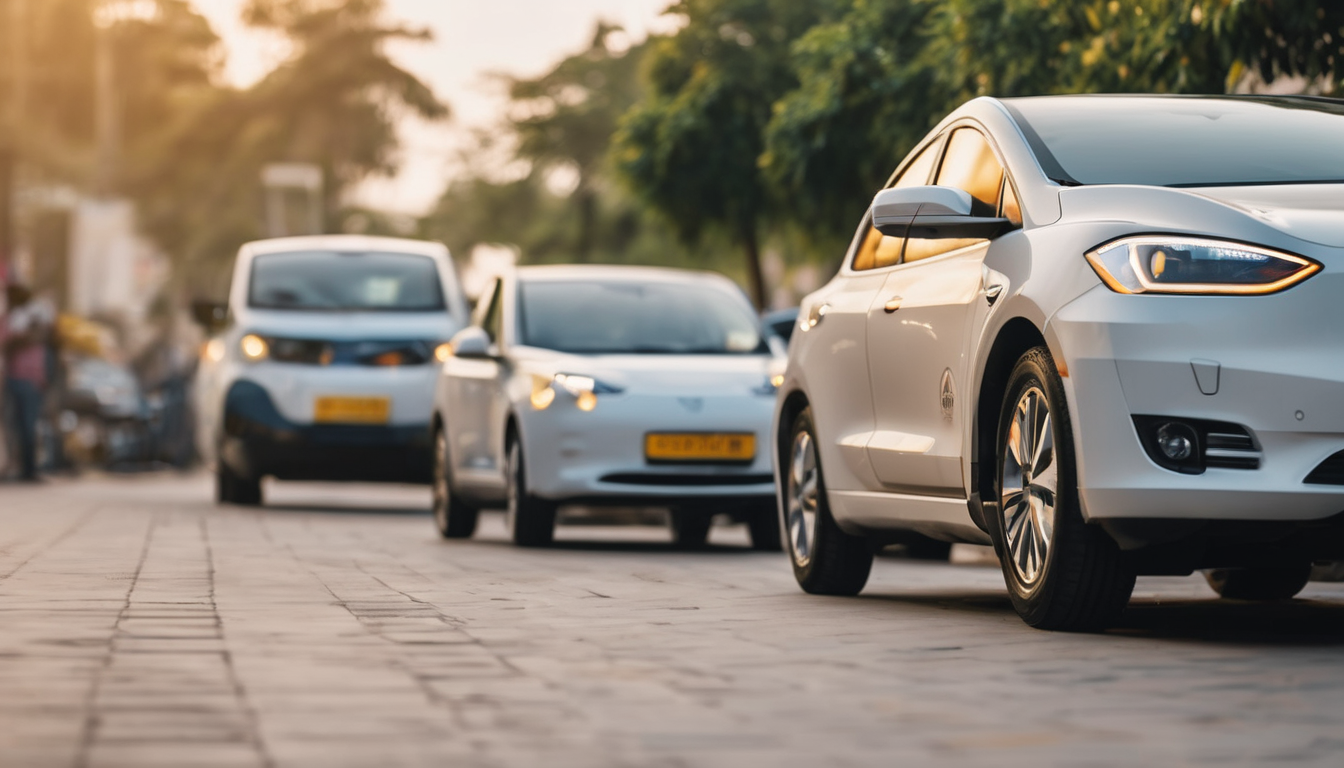Understanding Charging Speed in Electric Vehicles
As electric vehicles (EVs) gain traction in India, understanding the factors influencing charging speed becomes essential for both users and manufacturers. The charging speed of an EV can vary significantly based on several factors, affecting the overall experience of EV ownership. From the types of chargers to the vehicle’s battery health, multiple elements play a crucial role in how quickly an EV can be charged.
This article delves into the critical factors that impact EV charging speed in India, providing insights that can help users make informed decisions about their EV charging needs.
Types of Chargers and Their Impact
Charging speed is heavily influenced by the type of charger used. In India, there are three main types of EV chargers:
1. Level 1 Chargers
– **Voltage**: Typically 120V.
– **Charging Speed**: Offers 2-5 miles of range per hour.
– **Usage**: Primarily used at home, suitable for overnight charging.
2. Level 2 Chargers
– **Voltage**: Generally 240V.
– **Charging Speed**: Provides 10-60 miles of range per hour.
– **Usage**: Common in public charging stations and residential settings; much faster than Level 1.
3. DC Fast Chargers
– **Voltage**: Ranges from 400V to 800V.
– **Charging Speed**: Can offer 60-100 miles of range in just 20-30 minutes.
– **Usage**: Primarily found at commercial charging stations, ideal for long-distance travel.
The choice of charger is paramount; using a Level 1 charger will mean longer wait times compared to a DC Fast Charger. Users should evaluate their charging needs and select the appropriate charger type for their lifestyle.

Battery Health and Its Role
The health of the EV battery significantly affects charging speed. As batteries age, their ability to accept and hold a charge diminishes. Here are some aspects to consider regarding battery health:
1. Age of the Battery
– Older batteries may have reduced charging efficiency.
– Regular monitoring of battery health is essential to maintain optimal performance.
2. Battery Chemistry
– Different battery types (like Lithium-ion, Nickel-Metal Hydride) exhibit varying charging characteristics.
– Understanding your EV’s battery chemistry can help you manage charging expectations.
3. Temperature Effects
– Extreme temperatures can affect battery performance.
– Cold temperatures can slow down charging, while excessive heat may lead to thermal throttling.
Maintaining battery health through regular check-ups and adhering to recommended charging practices can help ensure faster charging times.
State of Charge (SoC)
The state of charge (SoC) refers to the current charge level of the battery relative to its capacity. The SoC can dictate the charging speed in several ways:
1. Low State of Charge
– Charging from 0% to 20% is usually faster than from 80% to 100%.
– Many chargers taper off charging speeds as they approach full capacity to preserve battery health.
2. Optimal Charging Range
– Keeping the battery charged between 20% and 80% can optimize charging speed.
– Regularly allowing the battery to drop below 20% can lead to longer charging times.
Understanding and managing the SoC can significantly affect how quickly you can recharge your EV.
Environmental Factors
Several external factors also influence charging speed. These include:
1. Temperature
– Charging in extreme cold can slow down the process.
– Heat can also lead to slower charging if it causes the battery to overheat.
2. Charging Infrastructure
– Availability of fast chargers can significantly enhance charging speed.
– Quality and maintenance of charging stations are critical; well-maintained stations tend to charge faster.
3. Grid Load
– During peak hours, the local power grid may experience high demand, affecting charging speed.
– Off-peak charging can sometimes yield faster results.
Considering these environmental factors is essential for planning efficient charging sessions.
Future of EV Charging in India
With the Indian government’s push towards electric mobility, the charging infrastructure is expected to grow rapidly. New policies and incentives are being introduced to enhance the charging ecosystem. For instance, the [Delhi EV Policy](https://transport.delhi.gov.in/transport/delhi-ev-policy) aims to improve access to charging stations and create a robust network to support EV users.
Moreover, advancements in battery technology and charging solutions promise to enhance charging speeds even further. The industry is moving towards ultra-fast charging solutions that could revolutionize the way we charge EVs.
FAQs about EV Charging Speed
1. What is the average time to charge an EV in India?
Charging times vary significantly based on the charger type. Using a home charger can take several hours, while DC Fast Chargers can charge an EV in under an hour.
2. How does battery size affect charging speed?
Larger batteries generally take longer to charge, especially with standard chargers. However, they can also provide longer ranges, making them more suitable for long trips.
3. Can I fast charge my EV at home?
Yes, if you have a Level 2 charger installed at home, you can achieve faster charging speeds compared to standard Level 1 chargers.
4. Does charging speed impact battery life?
Frequent fast charging can potentially reduce battery lifespan. It’s advisable to use fast charging sparingly and maintain a charge between 20% and 80%.
5. What role does the EV model play in charging speed?
Different EV models have varying charging capabilities, dictated by battery chemistry, size, and onboard charging technology. Always check the manufacturer’s specifications for optimal charging practices.
Conclusion
Understanding the factors affecting charging speed is crucial for anyone considering or currently using an electric vehicle in India. By choosing the right charger, maintaining battery health, and being mindful of environmental variables, EV users can significantly enhance their charging experience.
As the charging infrastructure continues to improve, the future of electric mobility is looking brighter than ever. If you’re interested in the latest developments in electric vehicles, consider exploring the [best electric cars under ₹15 lakh in India 2025](https://wikiev.com/best-electric-cars-under-%e2%82%b915-lakh-in-india-2025/) or stay updated on the upcoming [Tata electric scooter](https://wikiev.com/tata-motors-is-gearing-up-to-launch-its-highly-anticipated-tata-electric-scooter-in-india-by-end-of-2025/).
Are you ready to embrace the electric revolution? Start planning your EV journey today!






